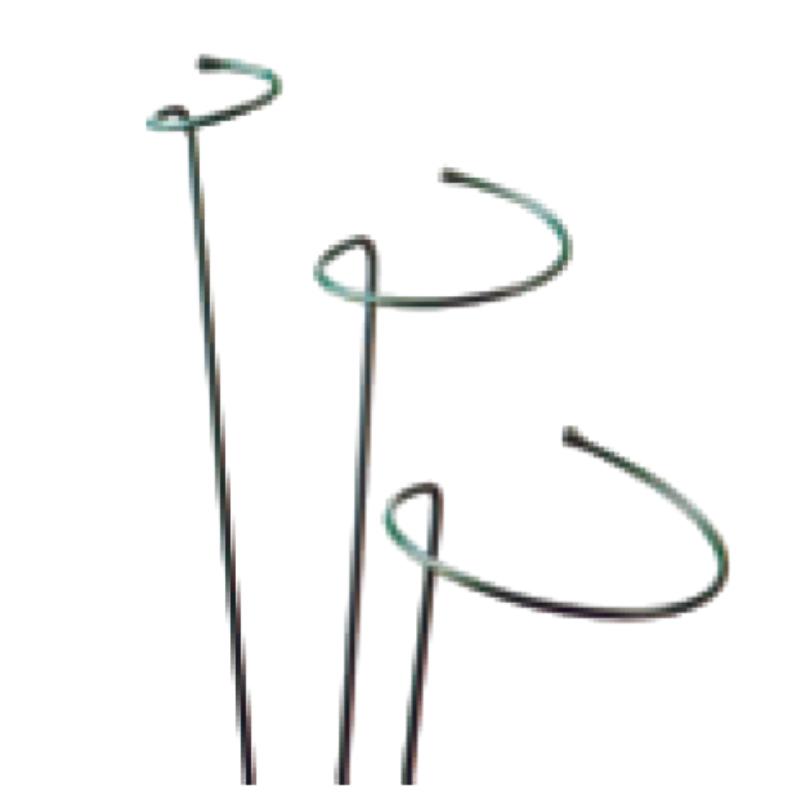-
mailaka:zhao@hyliec.cn
-
Tel:+86 311 85273988
-
WhatsApp:8613931128750
-
 AFRIKANINA
AFRIKANINA -
 albaney
albaney -
 Amharic
Amharic -
 Arabo
Arabo -
 Armeniana
Armeniana -
 Azerbaijani
Azerbaijani -
 Baska
Baska -
 Belarusian
Belarusian -
 Bengali
Bengali -
 Bosniaka
Bosniaka -
 biolgara
biolgara -
 Katalana
Katalana -
 Cebuano
Cebuano -
 Korsika
Korsika -
 Kroaty
Kroaty -
 TSEKY
TSEKY -
 Danoà
Danoà -
 Anarana iombonana
Anarana iombonana -
 anglisy
anglisy -
 esperanto
esperanto -
 Estoniana
Estoniana -
 Anarana
Anarana -
 FRANTSAY
FRANTSAY -
 Frisian
Frisian -
 galisiana
galisiana -
 Zeorziana
Zeorziana -
 Anarana
Anarana -
 GRIKA
GRIKA -
 Gujarati
Gujarati -
 Kreole Haitiana
Kreole Haitiana -
 hausa
hausa -
 Hawaii
Hawaii -
 Hebreo
Hebreo -
 tsia
tsia -
 Miao
Miao -
 hongariana
hongariana -
 Anarana
Anarana -
 igbo
igbo -
 indonezianina
indonezianina -
 TENY IRLANDEY
TENY IRLANDEY -
 ITALIANINA
ITALIANINA -
 Anarana
Anarana -
 Javaney
Javaney -
 Kannada
Kannada -
 kazakh
kazakh -
 Khmer
Khmer -
 Rwanda
Rwanda -
 Koreana
Koreana -
 Kiorda
Kiorda -
 Kyrgyz
Kyrgyz -
 TB
TB -
 Latina
Latina -
 Zavatra tsy
Zavatra tsy -
 litoanianina
litoanianina -
 Luxembourgish
Luxembourgish -
 Masedoniana
Masedoniana -
 Malagasy
Malagasy -
 Malay
Malay -
 Malayalam
Malayalam -
 Maltais
Maltais -
 Maori
Maori -
 Marathi
Marathi -
 Mongoliana
Mongoliana -
 Madagascar
Madagascar -
 Nepali
Nepali -
 norvejiana
norvejiana -
 norvejiana
norvejiana -
 Occitan
Occitan -
 Pashto
Pashto -
 PERSANINA
PERSANINA -
 poloney
poloney -
 portogey
portogey -
 Punjabi
Punjabi -
 Malagasy Romanian
Malagasy Romanian -
 ROSIANINA
ROSIANINA -
 samoanina
samoanina -
 Gaelika Scottish
Gaelika Scottish -
 serbianina
serbianina -
 anglisy
anglisy -
 Shona
Shona -
 Sindhi
Sindhi -
 Sinhala
Sinhala -
 silaovaka
silaovaka -
 Slovenianina
Slovenianina -
 Somali
Somali -
 Fikarohana
Fikarohana -
 Sundanese
Sundanese -
 swahili
swahili -
 Anarana
Anarana -
 Tagalog
Tagalog -
 Tajik
Tajik -
 Tamil
Tamil -
 Tatar
Tatar -
 Telugu
Telugu -
 Thai
Thai -
 Tiorka
Tiorka -
 Turkmen
Turkmen -
 OKRAINIANA
OKRAINIANA -
 Urdu
Urdu -
 Uighur
Uighur -
 Uzbek
Uzbek -
 vietnamiana
vietnamiana -
 valesa
valesa -
 Vonjeo
Vonjeo -
 Yiddish
Yiddish -
 Yoruba
Yoruba -
 Zulu
Zulu
Metal Plant Supports
What Is The Support Structure Of A Plant?
The support structure of a plant refers to the system of tissues and organs that provide stability and enable the plant to maintain an upright position. This support structure includes several key components:
1. Cell walls: The rigid cell walls of plant cells provide structural support, especially in non-woody plants. The cell walls help maintain the shape and rigidity of the plant's cells, contributing to its overall structure.
2. Stems: Stems play a crucial role in supporting the plant and providing a framework for the attachment of leaves, flowers, and reproductive structures. The stems also facilitate the transport of water, nutrients, and sugars throughout the plant.
3. Roots: The root system anchors the plant in the soil, providing stability and support. Additionally, roots absorb water and nutrients from the soil, contributing to the overall health and growth of the plant.
4. Vascular tissues: Xylem and phloem are specialized tissues that form the plant's vascular system. Xylem transports water and minerals from the roots to the rest of the plant, while phloem transports sugars and other organic compounds to various parts of the plant.
5. Specialized structures: Some plants have specialized support structures, such as tendrils, thorns, or aerial roots, which aid in climbing, attachment, or additional support.
The combination of these structural elements allows plants to maintain their shape, withstand environmental forces, and support essential physiological processes.
Iron Plant Supports Faq
What are the benefits of using iron plant supports?
Iron plant supports offer durability and strength, making them suitable for providing robust support for heavy or sprawling plants. They can withstand the weight of mature plants and help maintain their shape and structure.
What types of plants are best supported by iron plant supports?
Iron plant supports are well-suited for providing support to a wide range of plants, including peonies, roses, delphiniums, and other tall or heavy-flowering perennials. They can also be used for supporting climbing plants such as clematis or sweet peas.
How should iron plant supports be installed?
Iron plant supports should be installed firmly in the ground to ensure stability. When supporting individual plants, place the support structure around the plant early in the growing season, allowing the plant to grow into and around the support naturally.
Are there different styles and designs of iron plant supports available?
Yes, iron plant supports come in various styles and designs, including hoop supports, grid supports, and individual stakes. These different designs cater to the specific needs of different types of plants and can provide effective support while enhancing the visual appeal of the garden.
How can iron plant supports be maintained?
To maintain iron plant supports, periodically inspect them for signs of rust or corrosion, especially if they are exposed to the elements. If rust is present, it can be removed using a wire brush, and the supports can be treated with a rust-resistant coating or paint to prolong their lifespan.






